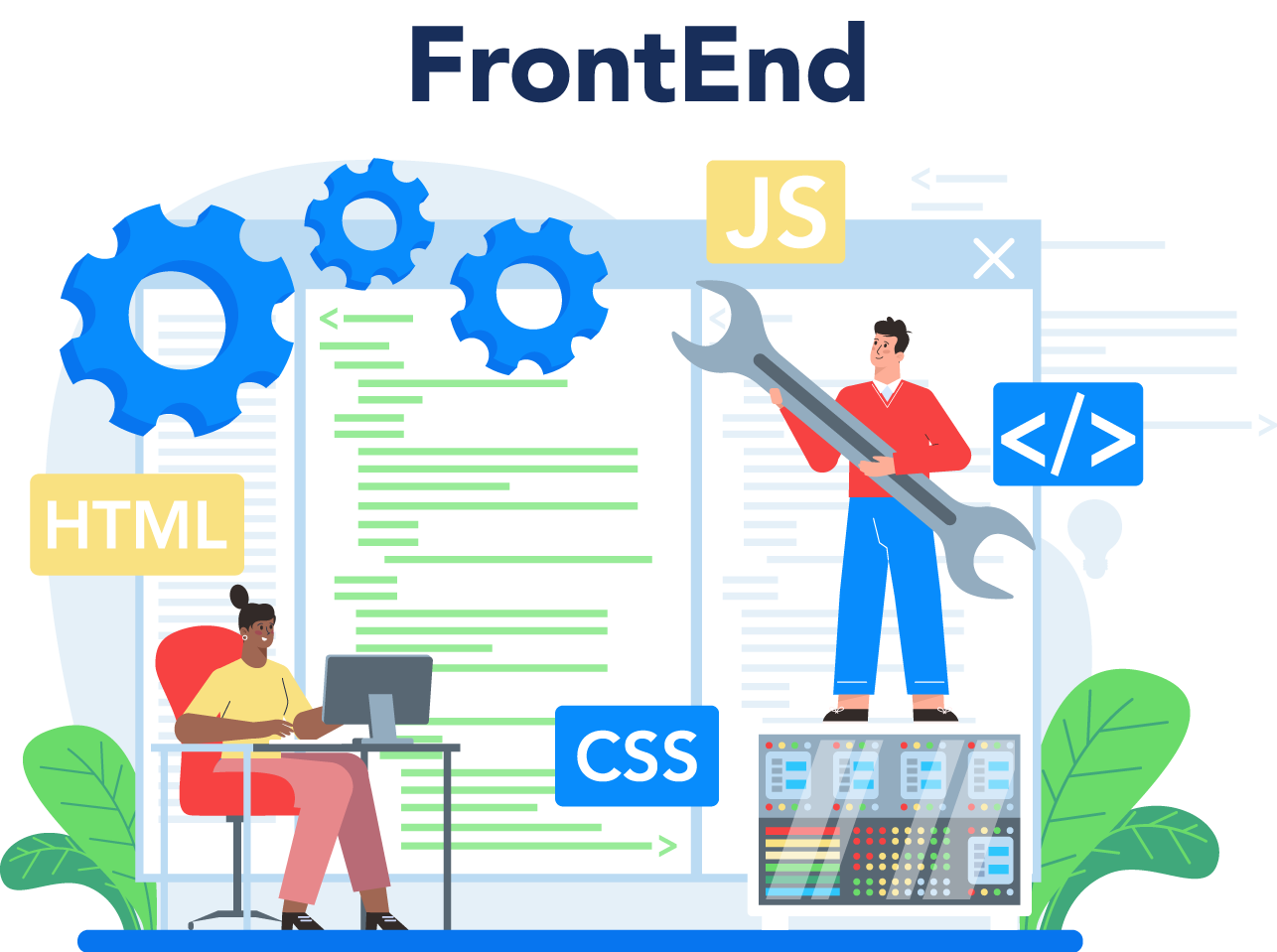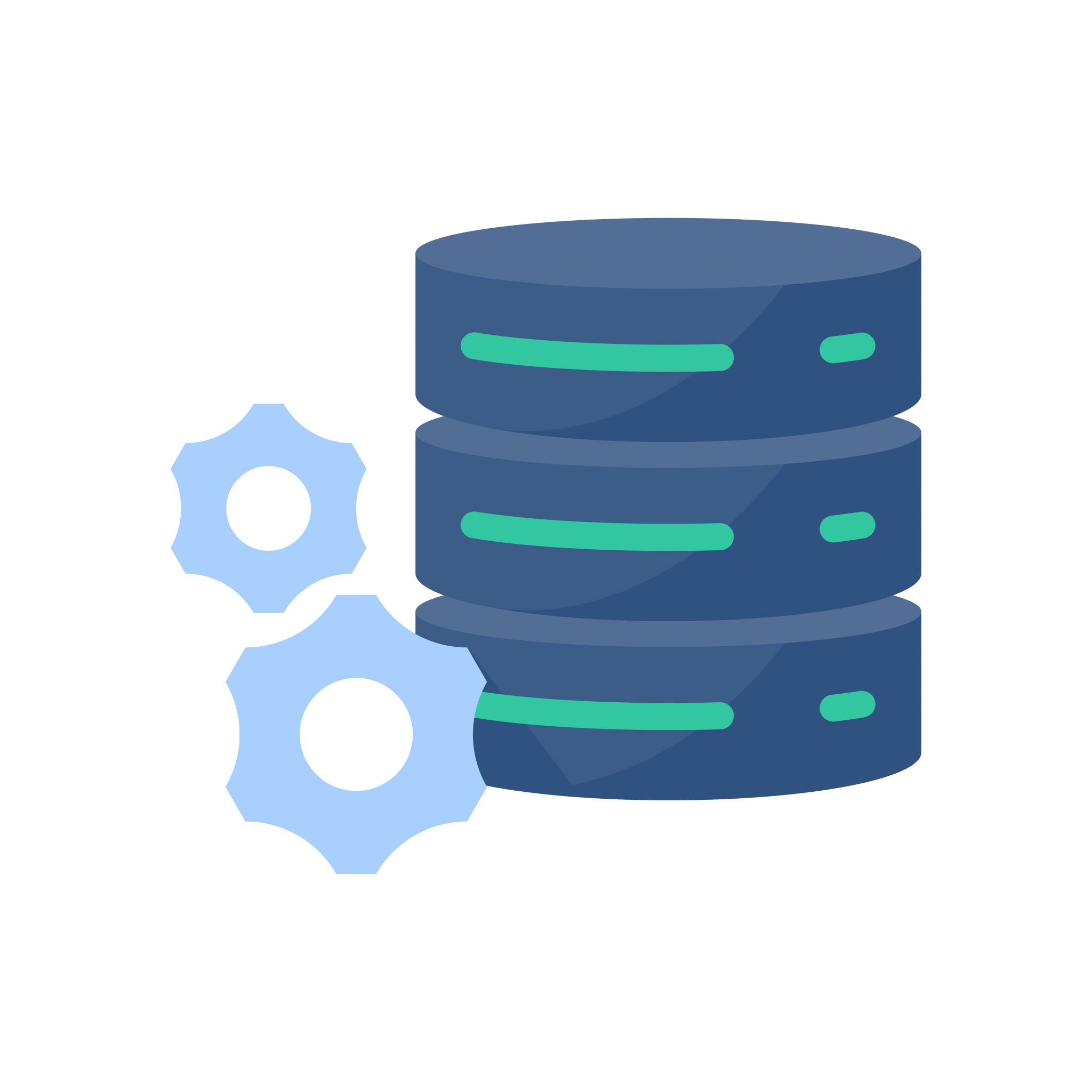The web development landscape is constantly evolving, with new frameworks and languages emerging all the time. Choosing the right technology stack for your web application in 2024 requires careful consideration of your project’s specific needs and future scalability. This blog post dives into the top contenders currently shaping the web app development future, helping you make an informed decision for your next project.
The front-end is what users see and interact with. Here are some of the leading technologies for crafting a stellar user experience:

The back-end handles server-side logic, database interactions, and application security. Here are some of the top choices in 2024:

Web applications rely on efficient data storage and retrieval. Here are some of the leading database solutions:

Progressive Web Apps (PWAs) are a game-changer, revolutionizing how users interact with web-based applications. PWAs bridge the gap between traditional websites and native mobile apps. Imagine a website that feels and behaves like a native app, accessible through a web browser without the need for app store downloads or installations.
This translates to wider user reach and eliminates app store review hurdles. But the benefits go beyond accessibility. PWAs offer offline functionality, allowing users to access content and perform essential tasks even when disconnected from the internet. Additionally, PWAs can leverage push notifications, keeping users engaged with real-time updates and reminders.
This combination of features – offline functionality, push notifications, and a native-like experience – makes PWAs a compelling choice for businesses looking to prioritize mobile engagement and user experience without the limitations of app stores.
Gone are the days of managing your own server infrastructure. Cloud platforms like Amazon Web Services (AWS), Microsoft Azure, and Google Cloud Platform (GCP) have emerged as a powerful solution for web application development. These platforms offer a pay-as-you-go infrastructure, allowing you to scale your resources up or down based on your application’s needs. This eliminates the upfront investment in hardware and simplifies server management, freeing your development team to focus on core functionalities.
Cloud platforms also ensure high availability – meaning your web application remains accessible to users even in the event of hardware failures. This translates to a more reliable and resilient user experience. In short, cloud integration empowers you to build scalable, agile, and cost-effective web applications without the burden of managing your own infrastructure.
In today’s digital landscape, security is not an afterthought; it’s a fundamental requirement. A security breach can erode user trust and damage your brand reputation. Therefore, prioritizing security best practices throughout the development process is crucial.
This includes implementing secure coding practices to minimize vulnerabilities, employing robust user authentication and authorization mechanisms to protect user data, and conducting regular vulnerability assessments to identify and address potential security risks. By prioritizing security, you not only safeguard your application but also foster trust with your users, laying the foundation for long-term success.
It’s crucial to stay in the loop with new and advanced technologies that shape the future of native app web development.
In conclusion, choosing the right web app development technologies depends on your project’s specific needs, target audience, and desired functionalities. For the front-end, consider a combination of HTML5, CSS3, and a JavaScript framework like React, Vue.js, or Angular, depending on your project’s complexity and desired learning curve.
For the back-end, Node.js, Python, PHP, or Java offer strong options, each with its own strengths and weaknesses.
Database selection hinges on your data structure, with relational databases like MySQL or PostgreSQL excelling for structured data, while NoSQL options like MongoDB provide flexibility for unstructured data.
Consider PWAs for a mobile-first approach and leverage cloud platforms for scalability and simplified management. Remember, security is a top priority throughout the development process.
By carefully evaluating these technologies and staying informed about emerging trends, you can build a robust, scalable, and future-proof web application that meets your specific business requirements and also helps you be visible with essential SEO tricks.

© 2024 Created by RoakonTerms and conditions